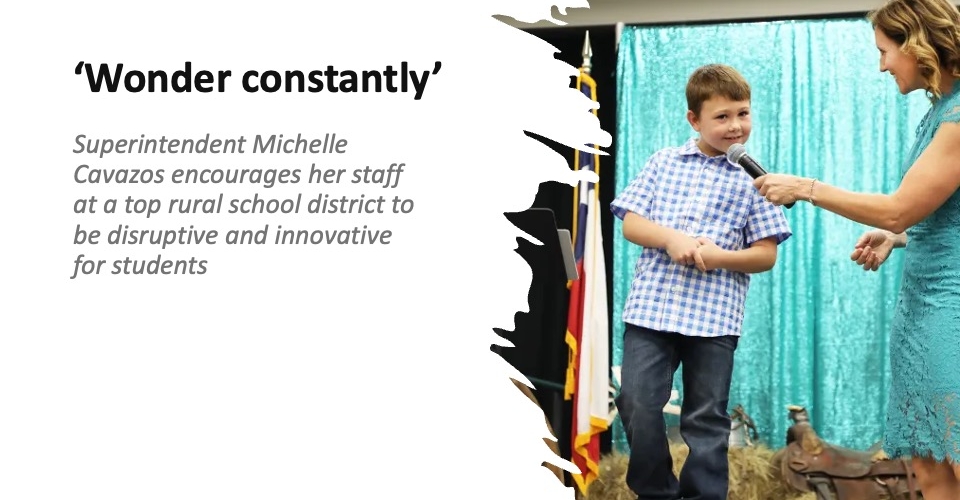Across the nation, we’re witnessing the effects of a variety of post-pandemic challenges in school districts. Public school enrollment—while it’s been an issue for several years—has been exacerbated even further since COVID, forcing school closures as we near the end of pandemic relief funding. In one state’s case, however, researchers are forecasting a decline of over half a million students by the 2031-32 school year.
That’s according to a new report from the Public Policy Institute of California, a nonprofit, nonpartisan think tank dedicated to improving public policy in California. The researchers note that the state has witnessed enrollment declines at nearly three-quarters of California school districts over the past five years, “bringing added fiscal pressures and difficult downsizing decisions,” the report reads. It’s a trend that will likely continue for several years.
Enrollment in coastal areas like Los Angeles has already fallen 15% in the past decade and is expected to reach 19% between 2022-23 and 2032-33, which would make it the region with the largest decline by far. Overall, enrollment declines are projected in all but two California regions—Sierra and Northern Valley—in the next decade.
“Across California, enrollment declines are expected to be widespread—41 counties are projected to decline, compared to 38 counties that saw declines over the prior decades,” the report reads. “Declines are also expected to be steeper, at more than 10 percent on average across declining counties.”
Primary contributors to declining enrollment
School districts nationwide have attributed declining public school enrollment to a variety of factors like homeschooling and a growing preference for private schooling. And that’s likely the case for California.
According to the report, the state’s post-pandemic enrollment shifts largely reflect several demographic trends, including birth rates and migration. However, COVID forced many parents to rethink their options for their child’s education, mainly whether or not to place them in transitional kindergarten, private or homeschooling.
For instance, the researchers found that enrollment fell much greater in kindergarten in 2020-21 than in any other grade.
More from DA: As teacher shortages persist, districts look for creative solutions
The report also notes a slight bump in private school enrollment, but it only explains a “small share” of pandemic enrollment shifts. Homeschooling, however, peaked during the pandemic, marking the highest enrollment figures observed in the last 20 years.
“This trend serves as compelling evidence that a number of families opted to depart from both traditional and private educational institutions, favoring homeschooling as an alternative amidst the pandemic,” the researchers wrote. “This phenomenon may reflect families seeking to avoid the experience of distance learning and/or mitigate exposure to COVID-19 during the pandemic.”
District-level response to declining enrollment
By 2019, more than half of school districts in California had declining enrollment. By 2022-23, that number has risen to 73%. Yet, interestingly enough, many leaders are refusing to close schools amidst this “spell” of declining enrollment.
Between 2009 and 2019, only one-third of schools with enrollment losses of 10% or higher reduced the number of schools they operated. Some 10% actually added more schools, while the majority of other districts didn’t change a thing.
However, in instances where district leaders chose to shut down schools, they largely affected students of lower income, English learners and schools with lower test scores.
“Accelerating declines could bring added pressure to close schools,” the report reads. “With these closures come concerns that some students will bear the costs of downsizing more than others. Indeed, the counties and regions with higher shares of low-income, English learner, Black and Latino students are projected to see even larger declines.”
3 takeaways for district and state leaders
California’s case of dwindling student enrollment is not an isolated incident. Many districts across the nation are battling the same issue. In response, the researchers offer three policy implications for education leaders to consider as districts continue witnessing enrollment challenges over the next several years:
- Offer more assistance and information to K12 districts on how to effectively and efficiently downsize.
- Consider the equity implications in your decision on whether to close schools so that you don’t inadvertently impact high-need students and neighborhoods.
- Avoid insulating districts from declining enrollment via additional funding.









